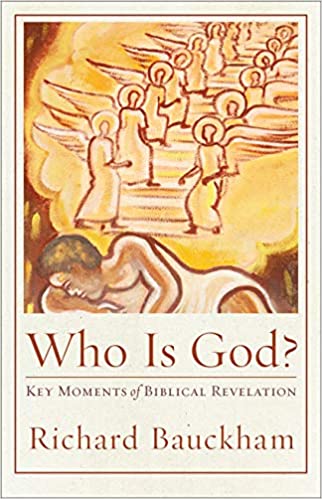BEN: Let’s talk about the temple and tabernacle and how both convey the notion that God is with his people, the former in a fixed place, the latter as God on the move with his people. What do these attempts to localize the presence of God, even when his people are on the move, really tell us about God? How much of this would you see as an example of divine condescension, by which I mean God presenting himself to people in ways they could understand, since the essence of ancient religion involved temples, priests, sacrifices?
RICHARD: I would say that, precisely because God’s presence is always personal and specific, God did localize his presence for Israel in those places—though it never meant that he was inaccessible elsewhere. Yes, God was adapting the common features of ancient religion, though it is always instructive to observe differences. But that doesn’t have to mean that they were unsuitable for his purpose. And if they had sacrifices (of many kinds), we have the water of baptism and the bread and wine of the eucharist. God always presents himself to us in ways we can understand: how else could he do so? It is also striking how much of the language and imagery of Israel’s cult is used by New Testament writers to express what salvation in Christ and our Christian service of God means: “Christ our Passover is sacrificed for us,” “present your bodies as a living sacrifice” etc. So there must have been something deeply appropriate about Israel’s cult.













